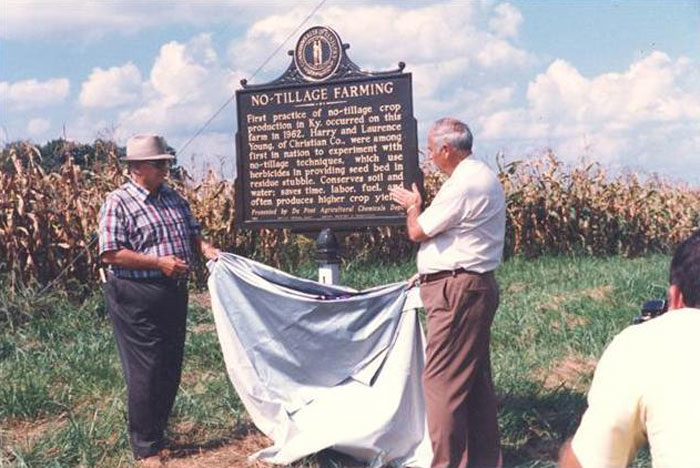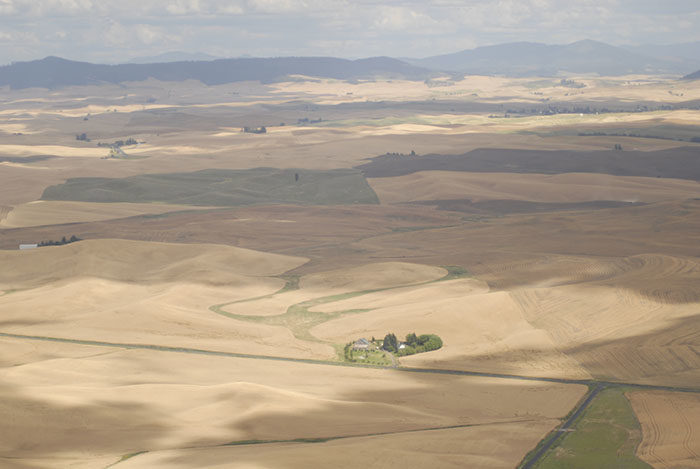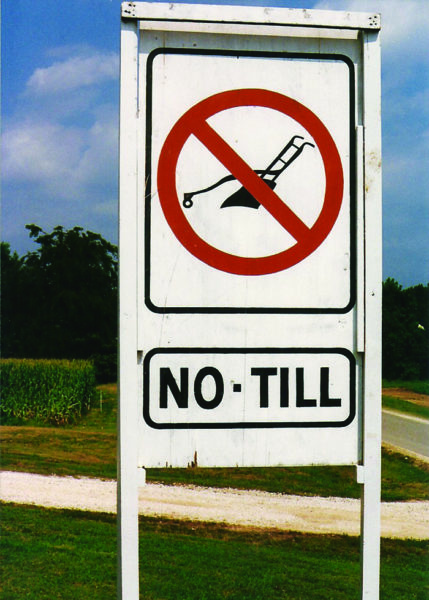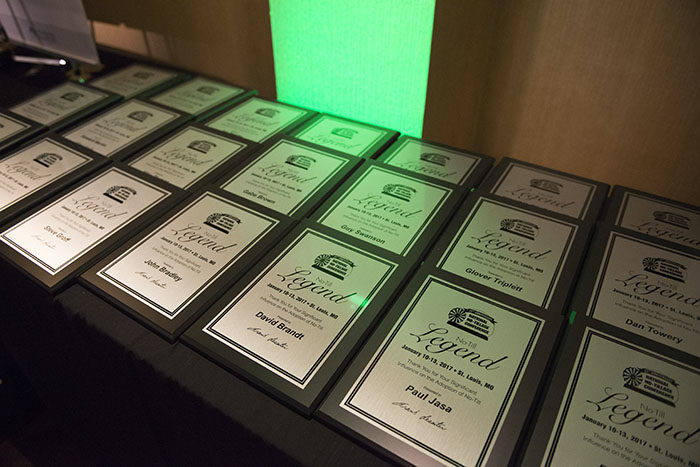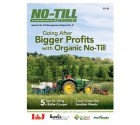Advertise Follow Us
No-Till Farming 101
New to no-till? Gather more about the basic principles of no-till systems and how to overcome the initial challenges to successfully convert to the practice. You'll find stories of successful strip-tillers and their operations. Read how they overcame their challenges.
Feeling overwhelmed? Start with these information-packed articles hand-picked by our editors:
-
Focus on Biology for Better Soil Health
For farmers aiming for sustainable and profitable crop production, optimizing soil health and function is the ultimate endgame. -
What You Should Know About No-Till Planters
For no-tillers, the planter is the most crucial piece of equipment on their farm. This article will take you through the basic components of a no-till planter and provide you with tips for no-till planter maintenance from experienced pros in the industry. -
Digging Into the Principles of Regenerative Ag
Based on the principles of building healthy soil, regenerative ag aims to not only sustain farm productivity but to actually work with nature to regenerate the soil, increase biodiversity and enhance the farming ecosystem.
ARTICLES
No-Tiller Invests in Conservation, Diversifying Agriculture Industry
New Research Finds No-Till Consistently Produces Higher Yields
Equipment Adjustments Help Keep No-Tiller Successful
Who Were the 'No-Till Neighbors?'
IMAGE GALLERIES
No-Tillage Agriculture Part II: A Legacy Born in Kentucky
Scenes from the Palouse
Back in 2010, No-Till Farmer editor Frank Lessiter and his son, Mike, traveled to the Palouse area of eastern Washington to visit John Aeschliman, who’s been successfully no-tilling in the region for more than 40 years. Named one of the 25 No-Till Living Legends, no-till has allowed Aeschliman to successfully farm in an area that receives as little as 12 inches annual moisture and has slopes as steep as 60%.
Click on the articles below to learn more about Aeschliman’s operation.
No-Till Works Under Tough Conditions
What I’ve Learned from No-Tilling: Do More With Less!
25 No-Till Living Legends
PRODUCTS
Frankly Speaking: A Non-Whitewashed 'First-Hand' Account of No-Till Farming's Rise Over 50-Plus Years
Featuring Frank Lessiter’s most influential No-Till Farmer columns from 1972 to present, Frankly Speaking is a non-whitewashed account of no-till’s trials, tribulations and triumphs. You can take advantage of a special pre-order price of this over 850-page book of no-till history.
ViewUnlocking Your Corn's Yield Potential
This No-Till Farmer special report explores the latest research, most effective practices, and nutrient management strategies specific to no-till from some of the highest-yielding corn growers in the U.S.!
ViewNo-Till Farmer 2024 Benchmark Report
- No-till out-yielded by several other tillage practices in 2023
- Herbicide tank mixes and higher nitrogen rates projected for 2024
- Find out what no-till planter attachments are most popular
- Purchase plans double for most types of equipment
- How to tackle challenges with cover crop seeding strategies, growth and termination
Next-Generation No-Till Weed Control
As weed biology, herbicide resistance & cover crops affect no-till weed management programs, no-tillers will need to add new technologies and techniques to their weed control toolbox. This No-Till Farmer 16-page special report explores the latest research, most effective practices and positive impacts implementing an herbicide program with cover crops & novel technology can have. Keeping no-till fields cleaner, for longer.
ViewStrategies for Smashing the 100-Bushel Soybean Barrier
According to some of the world's highest soybean yielders, the keys to achieving a record no-till soybean crop are planting early, intensively controlling weeds and utilizing seed treatments. This No-Till Farmer 16-page special report interviews 5 growers who broke the 100-bushel soybean barrier about their secrets to success with their crop, giving you tried-and-true ideas for ways to increase your own no-till soybean yields.
ViewFrom Maverick to Mainstream: A History of No-Till Farming [2nd Edition]
No-Till Corn: Pushing the Boundaries of Yield Potential
No-Till & Cover Crops Handbook
Transitioning from conventional farming to no-till and incorporating the use of cover crops requires a higher level of management, but with No-Till Farmer's new No-Till & Cover Crops Handbook, you now have easy access to the critical information you need on field preparation, equipment requirements, how no-till and covers impact other agronomic practices and more.
ViewBuilt to Last: No-Till's Trials & Triumphs... 60 Years Later
This 44-page Special Commemorative Edition is meant to honor the shoulders of those on which no-tillers stand on today, and to also remind the next generation that true, revolutionary breakthroughs in farming are still possible. More than 110 million acres proves it. Based on detailed research, historical discoveries and many conversations with farmers who proudly shared their personal no-till memories, this fascinating report dives into all aspects within the rich history of no-till farming.
View



.jpg?height=125&t=1723222310&width=150)



